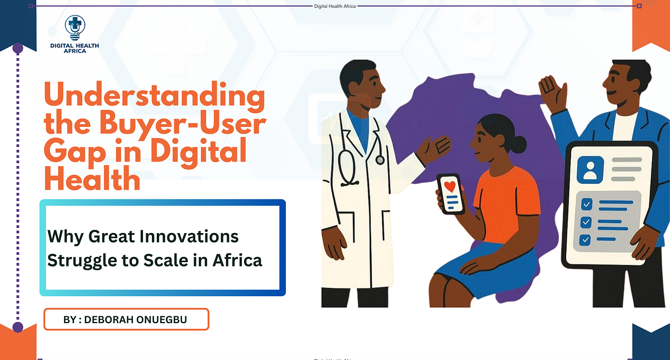Medium
3w
48

Image Credit: Medium
Understanding the Buyer-User Gap in Digital Health: Why Great Innovations Struggle to Scale in…
- The buyer-user gap is a significant challenge hindering the scalability of digital health innovations, impacting their adoption across healthcare systems.
- In healthcare, the user, payer, and decision-maker are often distinct entities, complicating the adoption process.
- Real-world examples in Nigeria and Rwanda highlight the importance of affordability and government support in scaling telemedicine services.
- Affordability barriers, like the cost of medical devices, hinder adoption and necessitate partnerships with insurers and public health systems for accessibility.
- Successful deployment of AI-driven tools in radiology emphasizes collaboration with IT departments for operational feasibility.
- Integration into public health initiatives, like maternal health apps in South Africa and Bangladesh, aids widespread adoption of digital health solutions.
- Closing the buyer-user gap requires a stakeholder-centric approach, patient-centered design, new business models, and evidence-based outcomes.
- Understanding the ecosystem of users, payers, and influencers early on is key, along with designing solutions that are both user-friendly and system-aligned.
- Innovators must explore various business models, partnerships, and evidence of improved outcomes to secure institutional support for their digital health solutions.
- To realize the potential of digital health in Africa, aligning innovations with healthcare financing realities and engaging all stakeholders in the adoption process is crucial.
Read Full Article
2 Likes
For uninterrupted reading, download the app